Independent information provides reassurance to buyers, consumers
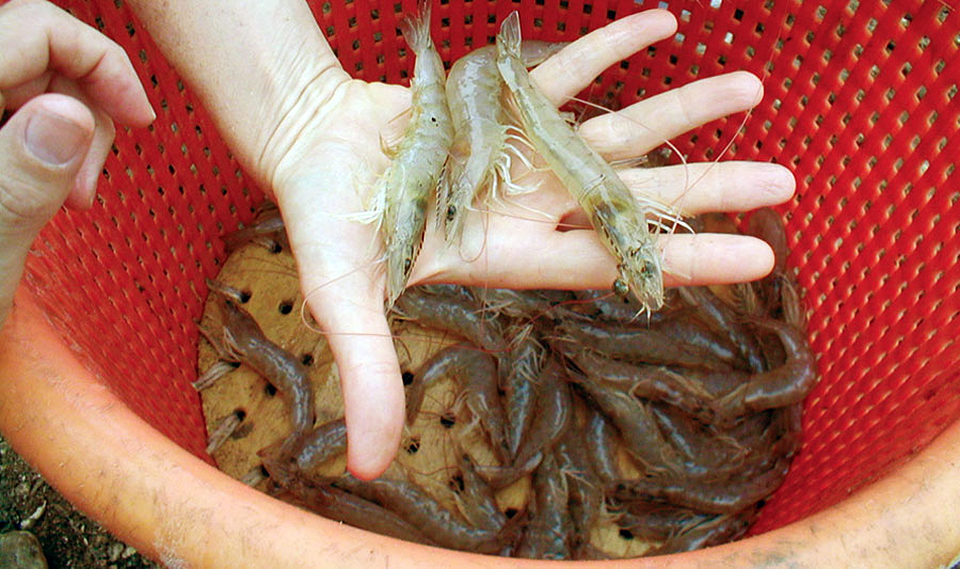
In a recent article on Treehugger.com, renowned environmentalist Lester Brown drew attention to the success of aquaculture. He noted that output from fish farming reached 66 million metric tons (MT) in 2012 – surpassing beef production of 63 million MT – and that 2013 could be the first year in which people eat more farm-raised fish than wild-caught fish.
Instead of welcoming the expansion of aquaculture and its low environmental impacts, however, Brown listed a host of adverse impacts and issues raised by the industry. He concluded his article with a confusing mix of concerns and suggested people should actually eat less fish.
Some of the issues he raised were relevant, and others were not. Some were out of date or even purely alarmist. If a scientist like Brown can get his ideas mixed up, there is plenty of opportunity for an average consumer to develop a muddled understanding of “sustainability” in food choices.
Seafood certification
For most consumers, it is much easier to look for a certifier’s logo or rely on a trusted retailer or restaurant than to sort through varied data to identify sustainable seafood – hence the growing reliance on aquaculture certification. Standard-setting bodies such as the Global Aquaculture Alliance, Aquaculture Stewardship Council (ASC) and GlobalGAP oversee the drafting of standards that codify what retailers, consumers and other stakeholders require in responsibly sourced products. They then hand the inspection work to independent certification or conformity assessment bodies, and farms that meet the standards get certified.
Since many wild fish stocks are at risk of over-exploitation, some aquaculture producers would argue that their stocks are by definition well-managed resources. But the sustainability concept extends well beyond the sustainability of output levels and includes a broad range of associated environmental, social and community impacts. This is where certification steps in.
Market-based incentives
Voluntary seafood certification is one way of harnessing market forces to improve sustainability, capturing consumers’ willingness to pay a premium for sustainable products and then passing this premium on as a reward to producers who invest in improved practices and certification. This is the theory at least. In reality, the price premium tends to be elusive.
As certification programs expand, price premiums tend to shrink. Sometimes the premium exists in the form of improved market access rather than an improved price. Sometimes certification protects against an overall price drop instead of securing a price rise.
Rather than being directly driven by consumers, the demand for certified products is often driven by purchasing policies laid down by managers in the foodservice and retail sectors. Thus, certification forms part of an overall corporate social responsibility agenda and can often reflect a risk-averse approach to brand protection.
Measuring success
On one level, it’s only necessary to look at uptake levels to say that certification is working because it is increasing the supply of responsibly produced seafood. Look, for example, at the rapid growth in volume of seafood produced under the Best Aquaculture Practices (BAP) program of GAA (Fig. 1).
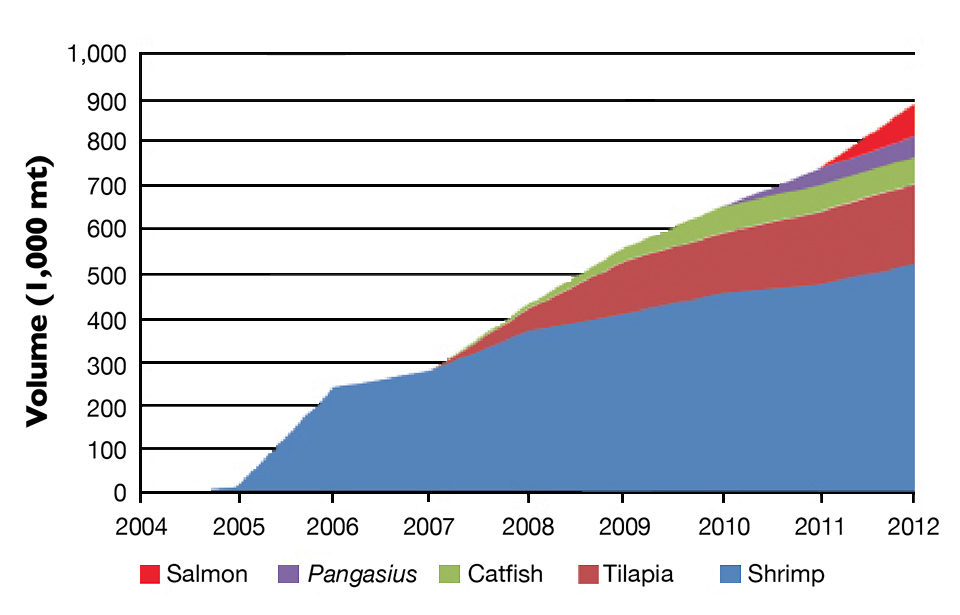
While this certainly represents progress, there is a need for careful before and after studies, and comparisons with trends in non-certified farms before improvements can be demonstrated with absolute confidence. In contrast, it’s an easy job to demonstrate that certified farms bear no relation to the worst-case examples that some campaigning NGOs routinely use to characterize the whole aquaculture industry.
In providing independent information that demonstrates aquaculture is being conducted to agreed standards, certification is already a success. Aquaculture certification provides assurance, and the market places a value on this assurance – a value that exceeds the additional costs associated with certification.
Information void
Certification is certainly proving a success in helping to fill an information void, adding value to aquaculture products by improving their acceptability to retailers, foodservice companies and consumers. Aquaculture certification will continue to earn its keep as long as it continues to add value.
In essence, it works by correcting asymmetry in the possession of knowledge, transferring information in both directions along supply chains, providing assurance to consumers and spreading better management practices among producers. It’s usually impossible for consumers to know the conditions under which a particular fish or shellfish product has been farmed, especially if it comes from a distant source. Certification programs aim to provide consistent information about the origins, food safety and environmental credentials of seafood and convey this assurance via an easily identifiable logo.
Media influence
The media play a crucial role in raising consumer awareness of issues. When a seafood sustainability topic gets media attention, the breadth or depth of consumer concern can change.
Since media bias tends toward negative issues as a result of the natural human tendency to pay more attention to bad news than mundane or reassuring news, certification can be viewed as a means of counteracting this natural tendency. The components of aquaculture standards are nearly all targeted to control or rectify potential negative issues or impacts.
Campaigns or pressure groups that want to raise the profile of particular issues attempt to influence consumer attitudes. However, they often adopt an indirect approach because their efforts are usually better rewarded by trying to influence purchasing managers in the retail and foodservice sectors. These people have reputations and brands to protect, and they are wary of the potential impacts of negative media coverage.
Space model
The idea that certification programs operate in a “negative” spacial void is supported by various observations that enable some analysis and predictions.
In general, certification programs expand to fill the space available. Aquaculture certification programs first target major internationally traded species such as salmon, shrimp, tilapia and pangasius, and pay less attention to species such as carp, which are produced in big quantities in Asia, mostly for domestic consumption.
Aquaculture certification programs expand the range of issues they address to try and capture more of the available certification space. For example, the coverage of GAA’s BAP certification program has expanded to include more species and more issues. It also covers feed mills, processing plants and hatcheries, as well as farms.
Certification programs tackle species with lots of issues before species with fewer issues. Finfish, crustaceans and molluscs are tackled before seaweeds. Seaweed is produced in vast quantities, but as a primary producer, it has fewer environmental impacts than other aquaculture crops.
If environmental, social and animal welfare NGOs increase the range of issues and depth of concern, this increases the certification space and indirectly benefits certification programs. Thus, certification programs need to operate at arm’s length from campaigning NGOs, lest they be seen to profit from NGO lobbying. This calls for transparency in the governance of certification programs and explains why NGO campaigns such as World Wildlife Fund’s “Stinky Fish,” aimed at smearing non-Marine Stewardship Council seafood, and “The Pangasius Lie” documentary targeting imported pangasius were quickly disowned by the MSC and ASC, respectively.
Some trade protectionist groups align themselves with NGOs. For example, Southern Shrimp Alliance, which aims to protect the interests of shrimp fishers in the southern United States, works closely with pressure groups like Food and Water Watch, which campaigns against imported shrimp. This inadvertently boosts the aquaculture certification space, so certification programs need to distance themselves from protectionist forces, too. In contrast, NGOs that are solution-driven and not wedded to sensationalism tend to play a different role and are often represented on committees that oversee certification programs.
The certification space has a long memory. As issues are resolved, the certification space should shrink. For example, mangrove displacement due to shrimp farm construction is almost entirely a thing of the past. But the certification space has a long memory, and assurance of no mangrove damage is still needed.
As new issues arise, topics such as the sustainability of feed ingredients generate greater depth of concern, so the certification space does not necessarily get any smaller over time, especially as total aquaculture production expands. “Sustainability” is a journey rather than a destination, and there will always be room for improvements.
Evolving involvement
For certification programs to succeed, they need to respond to evolving understanding about what constitutes responsible or sustainable aquaculture. They need broad stakeholder involvement from the regional to the international level, and transparency in their standard-setting processes.
One persistent worry is that small-scale producers, especially in Asia, are at a disadvantage when it comes to getting certified. Certification programs certainly can accommodate smaller producers, for example via group certification, but the cost per kilogram of product of getting reliable information on a large number of small operations is greater than for big, integrated farms.
Some NGOs and academics criticize aquaculture certification programs for inadvertently favoring larger farms, but to remedy this, they should help to stimulate a coordinated, cooperative approach among small farmers – an objective certification programs cannot achieve on their own.
Perspectives
In his recent article, Lester Brown was right to draw attention to the fact that the world quietly reached a milestone in the evolution of the human diet when farmed fish production outstripped beef production. However, he also raised a series of sustainability concerns and discouraged people from eating fish.
In reality, the more logical conclusion is that consumers should choose seafood before beef, and certified seafood before uncertified seafood. To be able to make informed choices, consumers need eco-labels, and purchasing managers need certifications.
Brown consistently underestimates the role of human ingenuity such as that applied in aquaculture certification. Innovators in the aquaculture sector will ensure that aquaculture systems continue to squeeze more output from less input, especially when compared to livestock production systems. Certification programs can accelerate these positive trends by helping to disseminate knowledge on best management practices and new technology.
(Editor’s Note: This article was originally published in the September/October 2013 print edition of the Global Aquaculture Advocate.)
Author
-
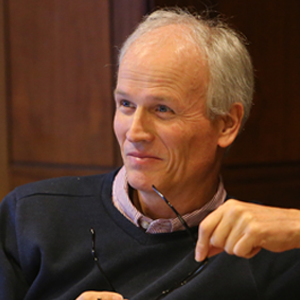
Daniel Lee
Global Aquaculture Alliance
Best Aquaculture Practices Coordinator
2 Tyn y Caeau
Menai Bridge
LL59 5LA United Kingdom[103,114,111,46,101,99,110,97,105,108,108,97,97,103,64,101,101,108,46,110,97,100]
Tagged With
Related Posts
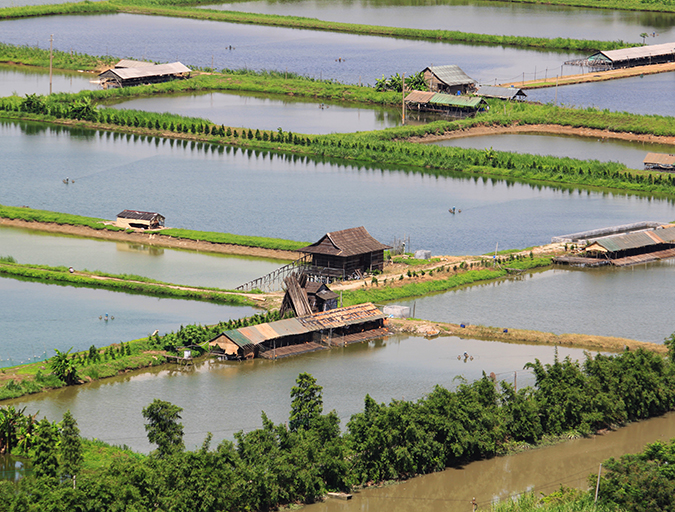
Responsibility
Aquaculture certification steers to zone management
Zone management is an emerging field of interest among industry stakeholders. Experts say it will aid in controlling diseases and in determining carrying capacities. We take a closer look at the management tool’s potential.

Responsibility
A look at various intensive shrimp farming systems in Asia
The impact of diseases led some Asian shrimp farming countries to develop biofloc and recirculation aquaculture system (RAS) production technologies. Treating incoming water for culture operations and wastewater treatment are biosecurity measures for disease prevention and control.
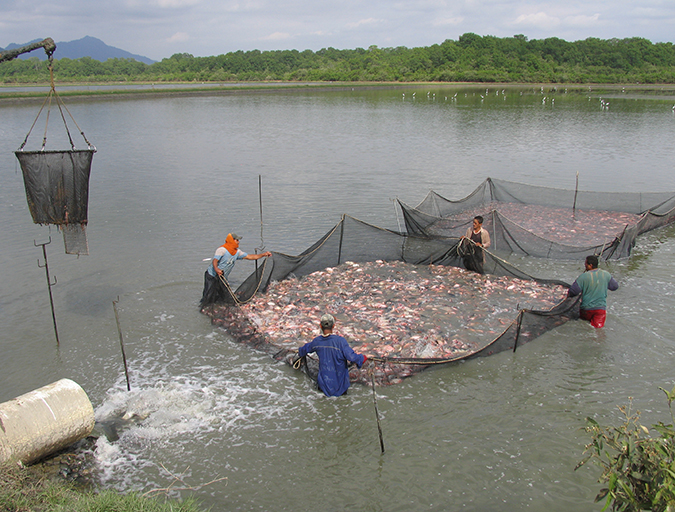
Responsibility
Addressing safety in Latin America’s tilapia supply chain
Over the last decade, the experience gained by many tilapia farmers combined with proficient programs implemented by local governments have significantly improved tilapia production in various Latin American countries like Colombia, Mexico, Ecuador and other important tilapia producers in the region.
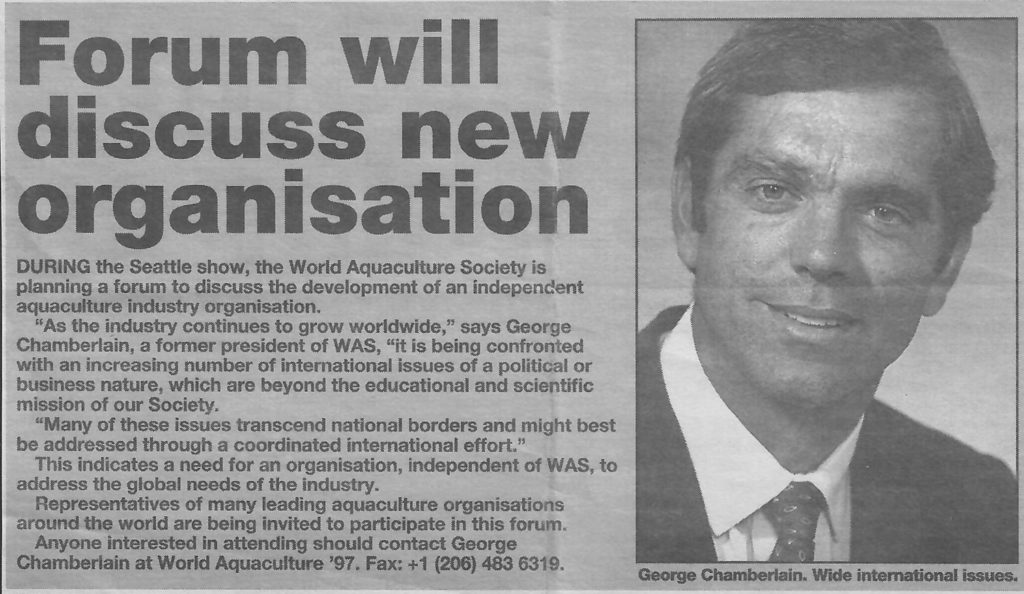
Innovation & Investment
20 years of the Global Aquaculture Alliance
A timeline of key milestones and achievements by the Global Aquaculture Alliance and its third-party aquaculture certification scheme, Best Aquaculture Practices (BAP).

